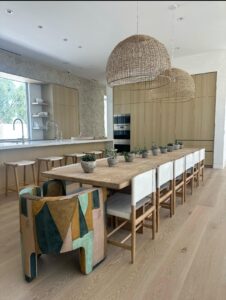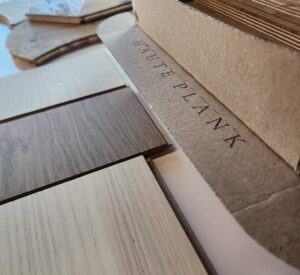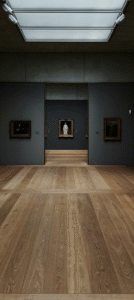The Math on Multifamily Flooring Is Outdated (And It’s Costing Developers More Than They Think)
Multifamily flooring budgets haven’t kept pace with real construction costs. The result: overfunded line items, disposable surfaces, and NOI losses disguised as “value engineering.” Here’s why hardwood often pencils out when the math is updated.










